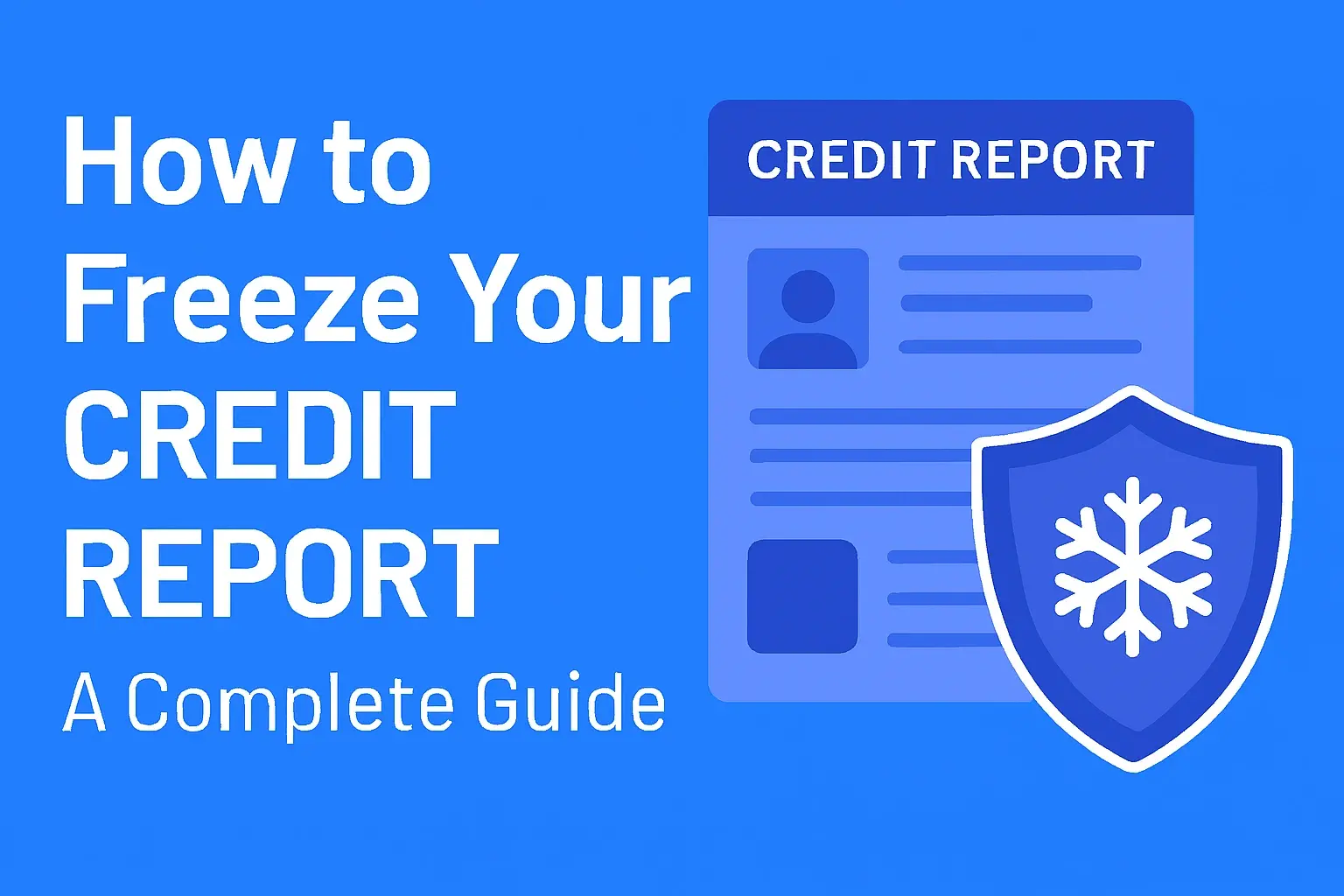-
Posted on: 24 Dec 2022

-
Facing bed credit problems can feel overwhelming, but understanding the root causes and implementing strategic solutions can pave the way to financial recovery. This guide offers a comprehensive roadmap to tackle your bed credit issues head-on, providing actionable steps for a healthier financial future.
Understanding Bed Credit and Its Impact
The term "bed credit" isn't a standard financial term. It appears to be a colloquial or perhaps regional phrase referring to a situation where an individual's creditworthiness is severely compromised, making it difficult to obtain loans, rent housing, or even secure certain types of employment. This often stems from a history of late payments, defaults, bankruptcies, or significant debt accumulation. In essence, it signifies a state of being in a "bad" or "broken" credit situation, akin to having a very low credit score. The impact of such a situation can be far-reaching, affecting nearly every aspect of daily life.
In 2025, the landscape of credit is more interconnected than ever. A poor credit history can lead to:
- Higher interest rates on loans (mortgages, auto loans, personal loans).
- Difficulty securing rental agreements for apartments or houses.
- Increased insurance premiums.
- Challenges in obtaining a mobile phone contract or utility services without a substantial deposit.
- Limited job opportunities, as many employers now conduct credit checks.
- Stress and anxiety due to constant financial pressure and limited options.
Understanding the severity of these consequences is the first step towards actively seeking solutions. This isn't just about numbers on a report; it's about regaining financial freedom and stability.
Identifying the Root Causes of Your Bed Credit
Before you can effectively solve your bed credit problems, it's crucial to pinpoint what caused them in the first place. This introspection is vital for preventing future issues and tailoring your recovery plan. Common underlying causes include:
1. Poor Financial Management and Overspending
One of the most prevalent reasons for credit issues is a consistent pattern of spending more than one earns. This can lead to accumulating debt that becomes unmanageable. In 2025, with the ease of online shopping and buy-now-pay-later schemes, overspending can escalate rapidly.
- Budgeting Deficiencies: Lack of a clear budget means money is often spent impulsively without tracking expenditures.
- Impulse Buying: Purchasing items without prior planning or necessity.
- Lifestyle Inflation: Increasing spending as income rises, without proportionate savings or debt repayment.
2. Unexpected Life Events
Life is unpredictable, and significant events can derail even the most carefully managed finances. These can include:
- Job Loss or Reduced Income: A sudden loss of employment or a significant decrease in income can make it impossible to meet financial obligations. Statistics from 2025 indicate that economic volatility can still lead to unexpected job market shifts.
- Medical Emergencies: High medical bills, even with insurance, can create substantial debt. The cost of healthcare remains a significant concern for many households.
- Divorce or Separation: Dividing assets and managing separate households can strain finances considerably.
- Natural Disasters: Property damage and displacement can lead to unforeseen expenses.
3. Lack of Financial Literacy and Credit Education
Many individuals enter adulthood without a solid understanding of how credit works, the importance of credit scores, or effective debt management strategies. This knowledge gap can lead to costly mistakes.
- Misunderstanding Credit Scores: Not knowing what influences a credit score or how to improve it.
- Ignoring Credit Reports: Failing to review credit reports for errors or to understand their contents.
- Mismanaging Credit Cards: Maxing out credit cards, making only minimum payments, or taking out cash advances.
4. Predatory Lending and High-Interest Debt
Falling victim to predatory lenders or accumulating high-interest debt can trap individuals in a cycle of debt that is extremely difficult to escape.
- Payday Loans: These loans often come with exorbitant interest rates and fees, making them a quick way to fall into deeper debt.
- High-Interest Credit Cards: Carrying balances on credit cards with very high Annual Percentage Rates (APRs) can lead to interest charges that far exceed the principal amount.
- Subprime Loans: Loans offered to individuals with poor credit often come with unfavorable terms.
5. Inability to Pay Debts
This is the direct consequence of the above points, manifesting as missed payments, defaults, and collections. In 2025, the average consumer debt continues to be a significant factor for many.
- Missed Payments: Failing to make payments by the due date.
- Defaults: A prolonged period of non-payment on a loan or credit account.
- Collections Accounts: When a debt becomes severely delinquent, it may be sent to a collection agency.
By honestly assessing which of these factors have contributed to your "bed credit" situation, you can begin to formulate a targeted plan for recovery. This self-awareness is a powerful tool.
Proven Strategies to Solve Your Bed Credit Problems
Once you understand the causes, it's time to implement actionable strategies. These steps, when followed consistently, can significantly improve your credit standing and help you overcome your bed credit challenges.
1. Obtain and Review Your Credit Reports
The first practical step is to know exactly what's on your credit reports. You are entitled to a free credit report from each of the three major credit bureaus (Equifax, Experian, and TransUnion) annually through AnnualCreditReport.com. In 2025, this remains the most reliable source for your official credit information.
- Check for Errors: Carefully review all personal information, account details, payment history, and public records. Errors can significantly impact your score.
- Dispute Inaccuracies: If you find any errors, dispute them immediately with the credit bureau and the creditor. This process can take time but is crucial for accurate reporting.
2. Create a Realistic Budget and Stick to It
A budget is your financial roadmap. It helps you understand where your money is going and where you can make adjustments to free up funds for debt repayment.
- Track Your Spending: Use apps, spreadsheets, or a notebook to record every expense for at least a month.
- Identify Non-Essential Expenses: Look for areas where you can cut back, such as entertainment, dining out, or subscriptions.
- Allocate Funds for Debt Repayment: Prioritize paying down debts, especially those with high interest rates.
3. Develop a Debt Repayment Plan
Tackling debt requires a strategic approach. Two popular methods are the debt snowball and debt avalanche methods.
- Debt Snowball Method: Pay off your smallest debts first while making minimum payments on larger ones. Once a small debt is paid off, add that payment amount to the next smallest debt. This provides psychological wins.
- Debt Avalanche Method: Pay off your debts with the highest interest rates first, while making minimum payments on others. This method saves you the most money on interest over time. In 2025, with rising interest rates, this can be particularly effective.
Comparison of Debt Repayment Methods:
Feature Debt Snowball Debt Avalanche Primary Focus Smallest Balance Highest Interest Rate (APR) Psychological Impact High (quick wins) Moderate (long-term savings) Financial Savings Lower Higher Best For Motivated individuals needing quick wins Individuals focused on minimizing interest costs 4. Negotiate with Creditors
If you're struggling to make payments, contact your creditors. They may be willing to work with you to avoid further damage to your credit.
- Payment Plans: Request a more manageable payment plan.
- Reduced Interest Rates: Ask if they can temporarily or permanently lower your interest rate.
- Settlement: In some cases, you might be able to settle a debt for less than the full amount owed, but this can still negatively impact your credit score.
5. Consolidate or Refinance Debt
If you have multiple high-interest debts, consolidating them can simplify payments and potentially lower your overall interest rate.
- Balance Transfer Credit Cards: Transfer balances to a card with a 0% introductory APR. Be mindful of transfer fees and the APR after the introductory period.
- Debt Consolidation Loans: Take out a new loan to pay off existing debts. Aim for a loan with a lower interest rate than your current debts.
- Home Equity Loans: If you own a home, you might be able to use home equity to consolidate debt, but this puts your home at risk.
Example: Sarah had three credit cards with APRs of 22%, 25%, and 28%. She took out a personal loan at 15% APR to pay off all three cards. This simplified her payments to one monthly installment and significantly reduced the total interest she would pay over time, a crucial strategy in 2025's economic climate.
6. Avoid Taking on New Debt
While working to improve your credit, it's essential to avoid accumulating more debt. This means pausing unnecessary purchases and resisting the temptation of new credit offers.
- Delay Large Purchases: Save up for significant purchases instead of financing them.
- Cut Up Credit Cards (Temporarily): If you struggle with overspending, consider cutting up your credit cards or storing them in an inconvenient place.
- Resist Store Credit Offers: Often, store credit cards have high APRs and are not beneficial for those trying to improve their credit.
7. Make All Payments On Time, Every Time
Payment history is the most significant factor in your credit score. Even one late payment can cause a substantial drop.
- Set Up Automatic Payments: For fixed bills, automate payments to ensure they are never missed.
- Set Payment Reminders: Use calendar alerts or phone reminders for bills with variable amounts or due dates.
- Pay at Least the Minimum: If you can't pay the full amount, always pay at least the minimum to avoid a late fee and a negative mark on your credit report.
8. Consider Secured Credit Cards or Credit-Builder Loans
For individuals with very poor credit or no credit history, these tools can be invaluable for rebuilding a positive payment record.
- Secured Credit Cards: You provide a cash deposit that becomes your credit limit. This deposit acts as collateral, reducing the lender's risk. Responsible use can lead to unsecured credit.
- Credit-Builder Loans: A lender holds the loan amount in an account while you make payments. Once the loan is repaid, you receive the funds.
By implementing these strategies, you are actively taking control of your financial situation and working towards a healthier credit profile.
Building a Stronger Credit Foundation for the Future
Improving your credit isn't just about fixing past mistakes; it's about establishing sustainable habits that will benefit you long-term. This involves cultivating financial discipline and understanding the principles of good credit management.
1. Understand the Components of a Credit Score
Knowing what influences your credit score empowers you to make informed decisions. While scoring models can vary, the general FICO score components are:
- Payment History (35%): This is the most critical factor. It includes on-time payments, late payments, defaults, and bankruptcies.
- Amounts Owed (30%): This refers to your credit utilization ratio (CUR), which is the amount of credit you're using compared to your total available credit. Keeping CUR below 30% is generally recommended.
- Length of Credit History (15%): A longer history of responsible credit use is beneficial.
- Credit Mix (10%): Having a mix of different credit types (e.g., credit cards, installment loans) can be positive, but it's not as crucial as payment history or amounts owed.
- New Credit (10%): Opening too many new accounts in a short period can negatively impact your score.
In 2025, with sophisticated credit scoring algorithms, even small changes can have a noticeable effect. Focusing on the top two categories—payment history and amounts owed—will yield the most significant improvements.
2. Maintain Low Credit Utilization Ratio (CUR)
Your CUR is a powerful lever for improving your credit score. Aim to keep your CUR below 30% on each credit card and overall.
- Pay Down Balances: The most direct way to lower CUR is to pay down your credit card balances.
- Request Credit Limit Increases: If you have a good payment history with a creditor, you might be able to request a credit limit increase. This will lower your CUR if your spending remains the same.
- Spread Out Spending: If possible, avoid maxing out any single card.
Example: If you have a credit card with a $5,000 limit and a balance of $3,000, your CUR is 60%. If you pay it down to $1,500, your CUR drops to 30%, which is much more favorable for your credit score.
3. Be Patient and Consistent
Rebuilding credit is a marathon, not a sprint. It takes time and consistent effort to see significant improvements.
- Don't Expect Overnight Results: It can take months, or even years, to fully recover from severe credit damage.
- Stay Disciplined: Continue to practice good financial habits even after you start seeing positive changes.
- Regularly Monitor Your Progress: Check your credit reports and scores periodically to track your improvement and identify any new issues.
4. Consider the Impact of Authorized User Status
Becoming an authorized user on a responsible person's credit card account (e.g., a family member) can sometimes help improve your credit. If the primary cardholder has a long history of on-time payments and low utilization, this positive history can be reflected on your credit report. However, be aware that if the primary user mismanages the account, it can also harm your credit. This is a strategy to consider cautiously in 2025.
5. Avoid "Credit Repair" Scams
Be wary of companies that promise to instantly remove negative information from your credit report or guarantee a specific score increase. Legitimate credit repair services can help you dispute errors, but they cannot remove accurate negative information.
- Legitimate Services: Focus on education, dispute assistance, and guidance.
- Red Flags: Promises of removing bankruptcies, judgments, or late payments that are accurate. Charging large upfront fees.
6. Understand the Long-Term Benefits of Good Credit
A strong credit foundation opens doors and saves money. In 2025, this translates to:
- Lower Borrowing Costs: Saving thousands of dollars in interest over the life of a mortgage or car loan.
- Easier Approval for Housing: Landlords are more likely to rent to tenants with good credit.
- Better Insurance Rates: Many insurance companies use credit-based insurance scores.
- Access to Premium Credit Cards: Enjoying rewards, travel benefits, and lower APRs.
- Reduced Financial Stress: Peace of mind knowing you have financial flexibility.
Building a strong credit foundation requires dedication, but the rewards are substantial and contribute to overall financial well-being.
Seeking Professional Help for Bed Credit Issues
While many credit problems can be resolved through personal effort, there are times when professional assistance is not only beneficial but necessary. Recognizing when to seek expert advice can prevent further financial distress and guide you toward the most effective solutions.
1. When to Consider Professional Credit Counseling
Credit counseling agencies can provide valuable guidance and support. Look for non-profit agencies accredited by organizations like the National Foundation for Credit Counseling (NFCC) or the Financial Counseling Association of America (FCAA).
- Debt Management Plans (DMPs): A credit counselor can help you enroll in a DMP, where you make one monthly payment to the agency, which then distributes it to your creditors. Often, creditors will agree to lower interest rates and waive fees for participants.
- Budgeting and Financial Education: Counselors offer personalized advice on budgeting, debt management, and improving financial literacy.
- Negotiating with Creditors: They can act as intermediaries to negotiate with your creditors on your behalf.
In 2025, the demand for reputable credit counseling services remains high, offering a structured path for those overwhelmed by debt.
2. Understanding Debt Settlement Programs
Debt settlement companies negotiate with your creditors to reduce the amount you owe. While this can sometimes resolve debts faster than traditional repayment, it comes with significant drawbacks.
- Negative Impact on Credit: Settling a debt for less than the full amount will be reported on your credit report and can significantly lower your credit score, often for several years.
- Fees: These companies charge substantial fees, often a percentage of the amount settled.
- Potential for Lawsuits: If you stop paying your creditors while enrolled in a settlement program, they may sue you.
It's crucial to thoroughly research any debt settlement company and understand all the implications before enrolling. Often, credit counseling is a safer and more beneficial alternative.
3. When Bankruptcy Might Be Necessary
Bankruptcy is a legal process that can provide a fresh start for individuals who are unable to repay their debts. It is a serious decision with long-term consequences, but it can be the most effective solution for overwhelming debt.
- Chapter 7 Bankruptcy: This involves liquidating certain assets to pay off creditors. It can discharge most unsecured debts.
- Chapter 13 Bankruptcy: This involves creating a repayment plan over three to five years to repay a portion of your debts.
Consulting with a qualified bankruptcy attorney is essential to understand your options and determine if bankruptcy is the right path for you. The legal and financial implications are complex and require expert guidance.
4. Choosing the Right Professional
When seeking help, always verify credentials and reputation.
- Look for Accreditations: For credit counselors, check for NFCC or FCAA accreditation.
- Consult Bar Associations: For legal advice (like bankruptcy), consult your local bar association for referrals.
- Read Reviews and Testimonials: Understand the experiences of other clients.
- Be Wary of Guarantees: No legitimate professional can guarantee specific outcomes or the removal of accurate negative information.
Professional help can provide clarity, structure, and support when navigating complex credit challenges, offering a path towards financial recovery and stability in 2025 and beyond.
In conclusion, addressing "bed credit" problems requires a multi-faceted approach. By understanding the causes, implementing strategic repayment plans, focusing on long-term credit building, and knowing when to seek professional guidance, you can effectively overcome financial hurdles. Consistent effort and informed decisions are key to rebuilding your creditworthiness and achieving lasting financial health.











